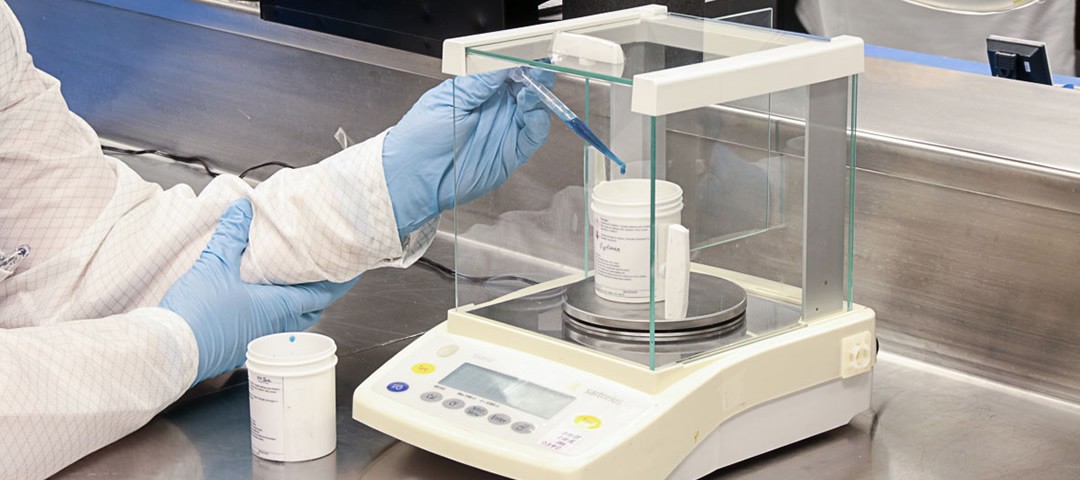Search this site

Situation
A common challenge with contractors who mix adhesives in-house is achieving a color that’s different from what the adhesive manufacturer specified. For example, a contractor using a 3M or Loctite adhesive might need it to be blue rather than white.
Major adhesive manufacturers do not make changes easily, and if they were to make the change, the resulting business has to be worth hundreds of thousands of dollars a year. Thus adhesive manufacturers typically don’t change color formulations when quantities are very small.
The result is that small contractors must add a pigment to the adhesive system in order to achieve the desired color.
Such was the case with an electronics manufacturer based in New England. The company was mixing a very common adhesive system in-house and manually adding black pigment to it.
To create the adhesive system, the company relied on a meter mix machine, which measured out the appropriate amounts for Part A and Part B – both of which were then added to a static mixer that mixed the material in the nozzle.
Technicians at the company used a plastic honey squirty container to add a few drops of pigment to each mix. The problem, however, is that the drops weren’t controlled. Some people did large squirts. Others did 7 or 8 drops. This lack of control resulted in color inconsistencies.
In addition, no one had tested the resulting mixture to determine if the pigment affected the performance characteristics of the adhesive. If the pigment had been silicone-based, for example, and the adhesive epoxy-based, the resultant material would have been suspect due to incompatibility.
A new process engineer assigned to the project determined that the entire assembly process, including the adhesive mixing, wasn’t well-controlled and called Appli-Tec with three objectives:
- Achieve color consistency for the adhesive system
- Determine the exact amount of pigment to be added while maintaining the performance characteristics of the epoxy system
- Eliminate the meter mix machine due to high maintenance costs
Solution
After mixing the adhesive system, adding the pigment, and then flash freezing, Appli-Tec sent the electronics manufacturer the PMF product for testing.
The manufacturer determined that the addition of the pigment did not alter the performance characteristics of the epoxy.
In addition, Appli-Tec ran tests which included glass transition temperature (Tg) and shore D hardness to determine the exact amount of pigment needed to achieve the color the company wanted but didn’t compromise the properties of the cured adhesive.
Results
The electronics manufacturer outsourced the adhesive mixing process to Appli-Tec. Appli-Tec now provides the manufacturer with a precision mixed and frozen adhesive system fully tested and ready to use.
In addition to achieving a consistent color formulation with each syringe, the company was able to eliminate the cost of the meter mix machine while also freeing up internal people to perform other more critical tasks.
You can also read our FAQ about the importance of mix ratio.
New Applications
I want to discuss my application challenges, order samples, or place a first-time order.
Existing Applications
I need to reorder an existing part number, I have a BOM/Spec.

